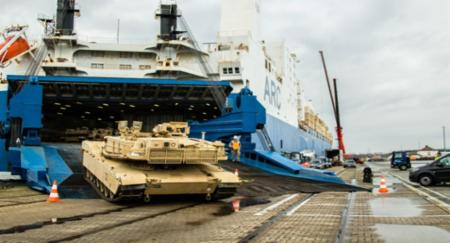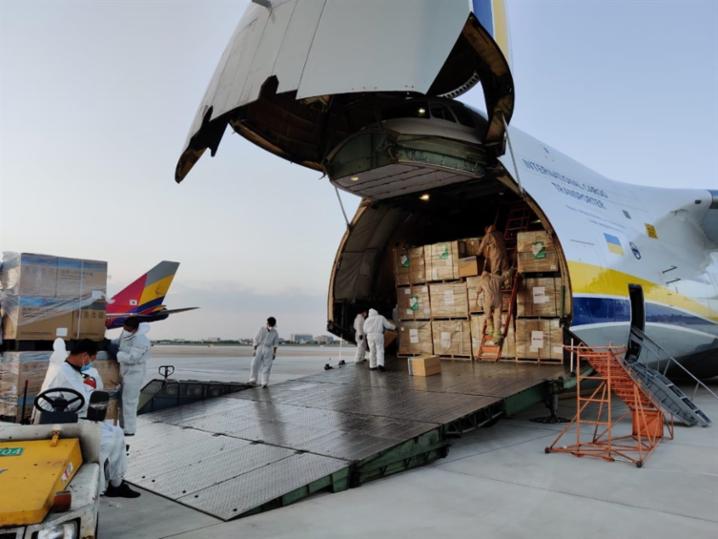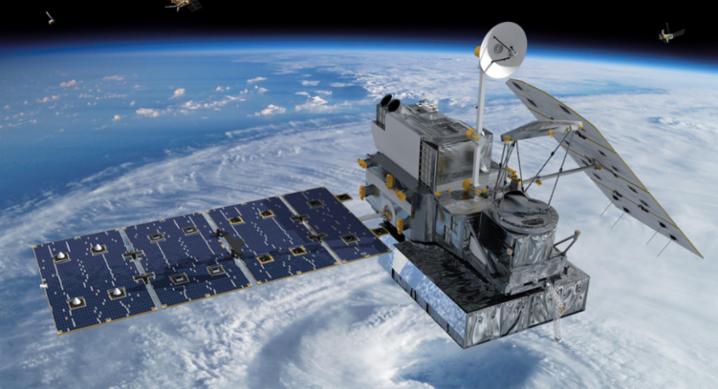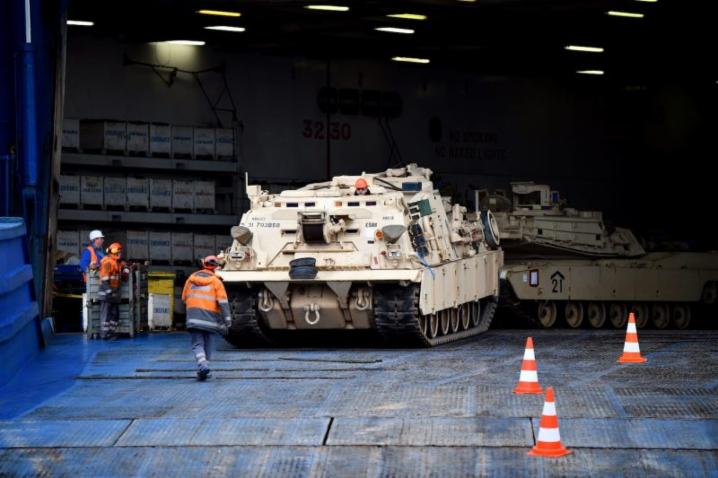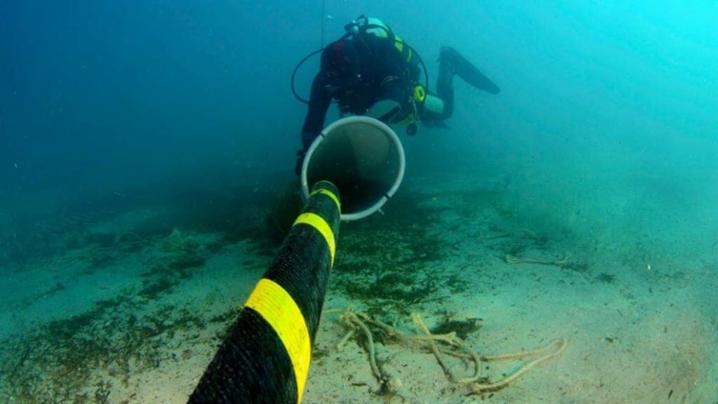This US-led multinational exercise is the biggest test of NATO Allies’ ability to support large-scale movement of forces across the Atlantic and mainland Europe in recent years. Diverse civilian and military actors have worked closely together to enable the unimpeded deployment of forces by air, sea, road and rail. Lessons learned will further strengthen Allied readiness and resilience in a challenging security environment.
Between January and March 2020, US Army Europe deployed approximately 6,000 military personnel from the United States to Europe. It moved some 9,000 vehicles and pieces of equipment, many from prepositioned stock locations in Europe, and around 3,000 pieces of equipment across the Atlantic. To give an idea, this is the third-largest military exercise in Europe since the Cold War. In coordination with Allies and partners, US Army Europe also moved soldiers and equipment from multiple European ports and airports to training areas in Germany and Poland.
Due to the onset of the COVID-19 pandemic in early 2020, US Army Europe took a prudent decision to modify Exercise Defender-Europe 20 in size and scope to protect forces and local populations. Despite its adaptation, the exercise continues and is providing the United States, its Allies and NATO many valuable lessons on the movement of forces and equipment across the Atlantic and within Europe.
Reforging the past?
When considering the significance of Defender-Europe 20 to NATO, it is important for context to understand how we operated during the Cold War. Back then, we were particularly good at rapidly moving large numbers of troops and their equipment. To prove that NATO’s strategy and concepts worked, and to maintain visibility, Allied forces regularly exercised reinforcement. They knew the exact locations of their deployment positions, which pre-positioned stocks and equipment were available, how their echeloned support systems would function, and what support their host nations would provide for them based on clear strategic, operational and tactical level arrangements.
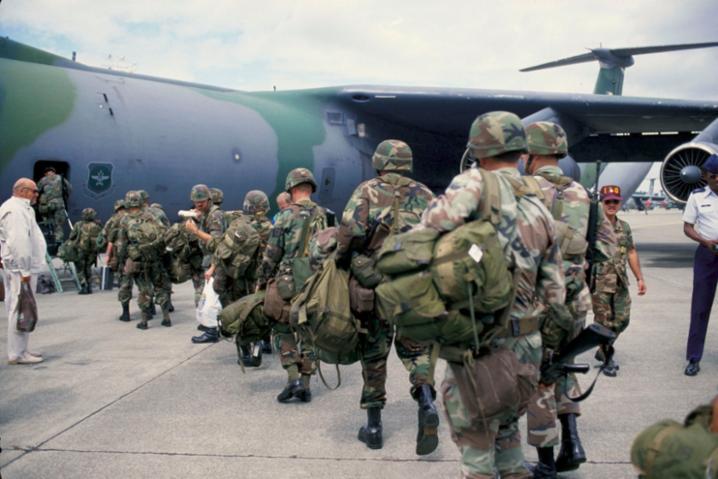
In 1988, 125,000 personnel deployed across the Atlantic within ten days under “REFORGER” (Return of Forces to Germany), the US commitment to reinforce in-place forces rapidly and robustly should the need arise. © NATO
Cold War exercises, such as the REFORGER (Return of Forces to Germany) series, were designed to get a force into one country, with NATO being postured to defend a well-known location against a well-known adversary. Some 30 years after the last REFORGER, the new security environment is more unpredictable, and so our planning has had to become more flexible and immediately responsive. Defender-Europe 20’s mission to train the ability to move large number of troops and equipment across the Atlantic and across Europe is important to the Alliance because it tests essential procedures and skillsets while demonstrating unified purpose.
Exercising the largest deployment in decades of US and Allied forces, Defender-Europe 20 is demonstrating the durability of the trans-Atlantic bond, but also incentivising NATO Allies to regenerate institutional knowledge, supported by robust logistic capacity.
Practice will never make response options perfect but events such as these go a long way to proving that we can do what we need to do in a timely way. The robust host nation support that reinforcing Allies are relying upon for this exercise, such as that provided by Belgium, Denmark, Germany and the Netherlands, is a model we can follow for the future. This best practice will also help Allies to prepare to receive and support NATO forces of larger scales.
As Allied governments have realised the need to return to high-profile, large-scale military activities on their sovereign soil, exercises of the scale of Defender-Europe 20 should be viewed as normal for our citizens. Activities of this type allow our service men and women to train with a realistic and challenging scenario, and to practice their procedures and manoeuvres, which are integral to their readiness and interoperability.
Another important objective of exercises like Defender-Europe 20 is to demonstrate that NATO can bring its extensive military capability to bear when and where required, while raising our citizens’ awareness of how important it is for their military forces to train at this scale to deter and defend against aggression. In many countries, younger generations are not familiar with events of this scale or the characteristics of ‘normal’ life in the shadow of the Cold War. They may not easily relate to the importance of military and civilian preparedness and the part that all aspects of society played in our collective efforts to maintain peace and security. In fact, COVID-19 demonstrated the vital role that our armed forces can play in support of civilian efforts in a health crisis, not just in a military one – from airlifting medical supplies and patients to setting up field hospitals and providing disinfection and decontamination teams.
Although Defender-Europe 20 was constrained due to precautionary measures to prevent the spread of the coronavirus, it has still provided Allies with a great opportunity to test their ability to receive and support large numbers of troops and equipment, including heavy armour (such as tanks, armoured personnel carriers and heavy military engineering equipment) and to move them through their territories. Getting the ground ready for such deployments means being prepared and flexible to be able to exercise the logistics effectively. Despite the need to adjust the scale of exercise activities, the time spent in planning and implementing it was invaluable.
The essence of flexibility is in the mind of the commander; the substance of flexibility is in logistics.
NATO’s Enablement efforts
The ongoing work to ensure Allies can support large-scale, rapid movement of troops and equipment is known in NATO-speak as the ‘Enablement of SACEUR’s (Supreme Allied Commander Europe) Area of Responsibility’. Enablement means Allies are able to maintain high levels of preparedness and to put in place the arrangements and infrastructure required to move units, as rapidly as possible, to wherever needed. Allies’ ability to move their forces rapidly will be decisive in determining NATO’s speed of response. As a result, enablement constitutes a credible deterrence tool. In the event of a crisis, initial elements of NATO’s high readiness forces are ready to deploy to support an Ally, within hours, with a reinforcement force following closely at their heels.
NATO nations have undertaken a wide range of measures to accelerate the movement of their forces and equipment. Work is underway in a number of areas, including:
Legislative measures and diplomatic clearances to enable rapid crossing of borders, on land, in the air, and at sea;
Effective command, control and communication;
Transportation capacity;
Infrastructure.
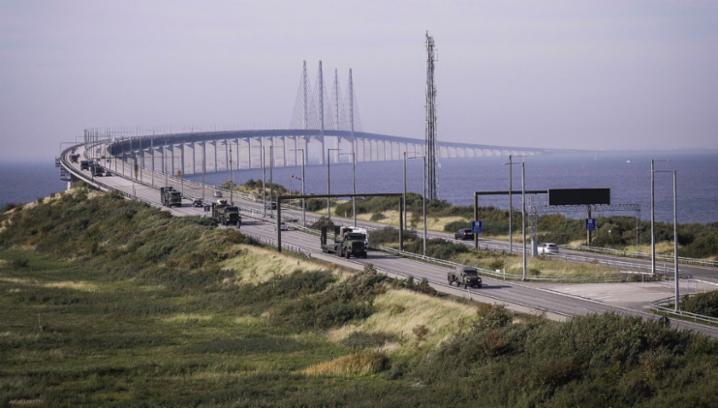
A British Army convoy crosses the Øresund Bridge, which connects Denmark and Sweden, during a 2,000-km journey from the Hook of Holland to Norway for NATO exercise Trident Juncture 2018. Demonstrating the ability to move Allied forces into and across Europe at speed, and sustain them, was an important part of the exercise. © NATO
At the Brussels Summit in July 2018, Allies committed to “strengthening our ability to deploy and sustain our forces and their equipment, throughout the Alliance and beyond, and aim to improve military mobility by land, air, or sea, as soon as possible, but no later than 2024. This requires a whole-of-government approach, including through national plans, with cross-government cooperation of civil and military actors, in peacetime, in crisis, and in conflict.”
Allies agreed to ensure that the necessary legislation, processes and procedures to facilitate rapid movement of personnel and equipment, including diplomatic clearances, are in place and fully implemented. In this respect, we have to bear in mind that border-crossing arrangements need to support the rapid movement of forces of many different nations. We must provide effective command and control to coordinate military deployments, while ensuring close coordination and cooperation with civil authorities, including law enforcement and emergency responders. We must also ensure access to all necessary transport capabilities and infrastructure – including those in civilian and commercial hands – to enable unimpeded movement of forces by air, sea, road and rail. For example, Allies are busy testing and improving tunnel access and bridge strengths for road convoys and rail movement.
A broad civil-military team effort
Creating the necessary conditions and providing the required support for an exercise like Defender-Europe 20 is clearly a much broader challenge and task than just military logistics, and goes well beyond just the military domain. This is a civil-military team effort and requires the cooperation of diverse actors across a range of fields, including the engagement of the commercial sector, which provides significant capacity, including lift capabilities and infrastructure. Furthermore, it calls for a coordinated whole-of-government approach, not only in a crisis but also in peacetime, to support training, exercises and for general preparedness and readiness to defend our combined territories.
How long would it take for a European country to fold once power, water, telecoms, fuel, banking and supermarket distribution systems were comprehensively disrupted?
The ability of Allies to resist an armed attack will be heavily dependent on the state of their civil infrastructure and the availability of civil resources. Strong and resilient nations maintain the capacity to support themselves in a crisis and, in addition, support a high level of mobility of military personnel and equipment. Likewise, deploying military forces relies heavily on civil resources, such as communications, energy, transport, food, water and medical resources. Allies’ resilience is an important dimension of Exercise Defender-Europe 20 and is why interoperability between armed forces and the civil sector is so important.
In the past, the infrastructure that was important to the military – such as railways, ports, airfields, national energy grids and hospitals – was mainly state-owned and consequently could easily be made available to the military. The national governments were responsible for maintaining such infrastructure, supported by sufficient civil resources. But in the last decades, the ownership of state infrastructure began to shift steadily into the hands of the private sector, which therefore began to play a much more crucial role in crisis management.
Nowadays, all Allies recognise the interdependence of the military and private sector. Current estimates indicate that private companies transport around 90 per cent of NATO supplies and equipment and provide about 75 per cent of host nation support. It is clear that there can be no civil – or military – preparedness without effective cooperation with the private sector and that it is imperative for NATO and Allies to ensure the necessary arrangements are in place. The requirement for a balance between organic military capabilities and contracted support has been prominent in recent large-scale, high-visibility Allied and NATO exercises, and will be an important area of practice going forward.
Throughout NATO’s history, Allies have devoted a lot of attention to civil preparedness, which is a requirement set out in Article 3 of NATO’s founding treaty. In response to the complex and rapidly evolving security environment with challenges from the east and south of NATO’s borders, in Warsaw in 2016 Allied leaders pledged to strengthen resilience, reaffirming that civil preparedness is a national responsibility and acknowledging its relationship with reinforcement. They also adopted a "Commitment to enhance resilience", agreeing to fulfil seven baseline requirements for national resilience, including:
Assured continuity of government and critical government services, including the ability to make decisions, communicate and enforce them in a crisis;
Resilient energy supply, including the diversification of import routes, suppliers and energy resources, and the interconnectivity of energy networks;
Resilient food and water supplies;
Coping with the uncontrolled movement of large numbers of people;
Coping with mass casualty events;
Resilient transport systems;
Resilient civil communications systems.
Although not all of these are being tested, Defender-Europe 20 is an excellent vehicle to develop the civil-military interface and to connect civil preparedness through resilience with the ability to provide effective and robust host nation support. For example, the Belgian Army and Navy has provided security, refuelling facilities and driver rest accommodation in a Temporary Military Village built in the dock complex in the port of Antwerp.
Adapting to the unexpected
The broader political and military impact of the pandemic will be the subject of significant study and various efforts to learn lessons are already underway. We will need to look carefully at what our response to COVID-19 says about our enabled environment. This will inform our thinking about the importance to the Alliance of, among other things, resilient supply chains, robust logistics, assured access to critical infrastructure and strengthened civil-military interaction. Whatever the long-term impact of the coronavirus, the Allies remain committed to improving their resilience through civil preparedness so that they are able to recover from strategic shocks and surprise, while maintaining the ability to continue to support NATO’s deterrence and defence posture.
So overall, despite the fact that it was modified as a result of COVID-19, the US-led exercise Defender-Europe 20 is strategically significant to NATO. It is the first big test of Allies’ ability to support large-scale movement across the Atlantic and mainland Europe in recent years. It has been vitally informative across many military and civil support functions, and lessons we have identified and are learning from the movement of the forces that arrived in Europe as part of this exercise will feed into NATO’s ongoing enablement efforts. In particular, the exercise is demonstrating Allies’ ability to provide support across multiple ministries in a whole-of-government approach, and tested arrangements to work closely with the commercial sector. Much was and is being learned, and there is always room to improve. But the clear message is: the Alliance is ready and able to project its forces.

